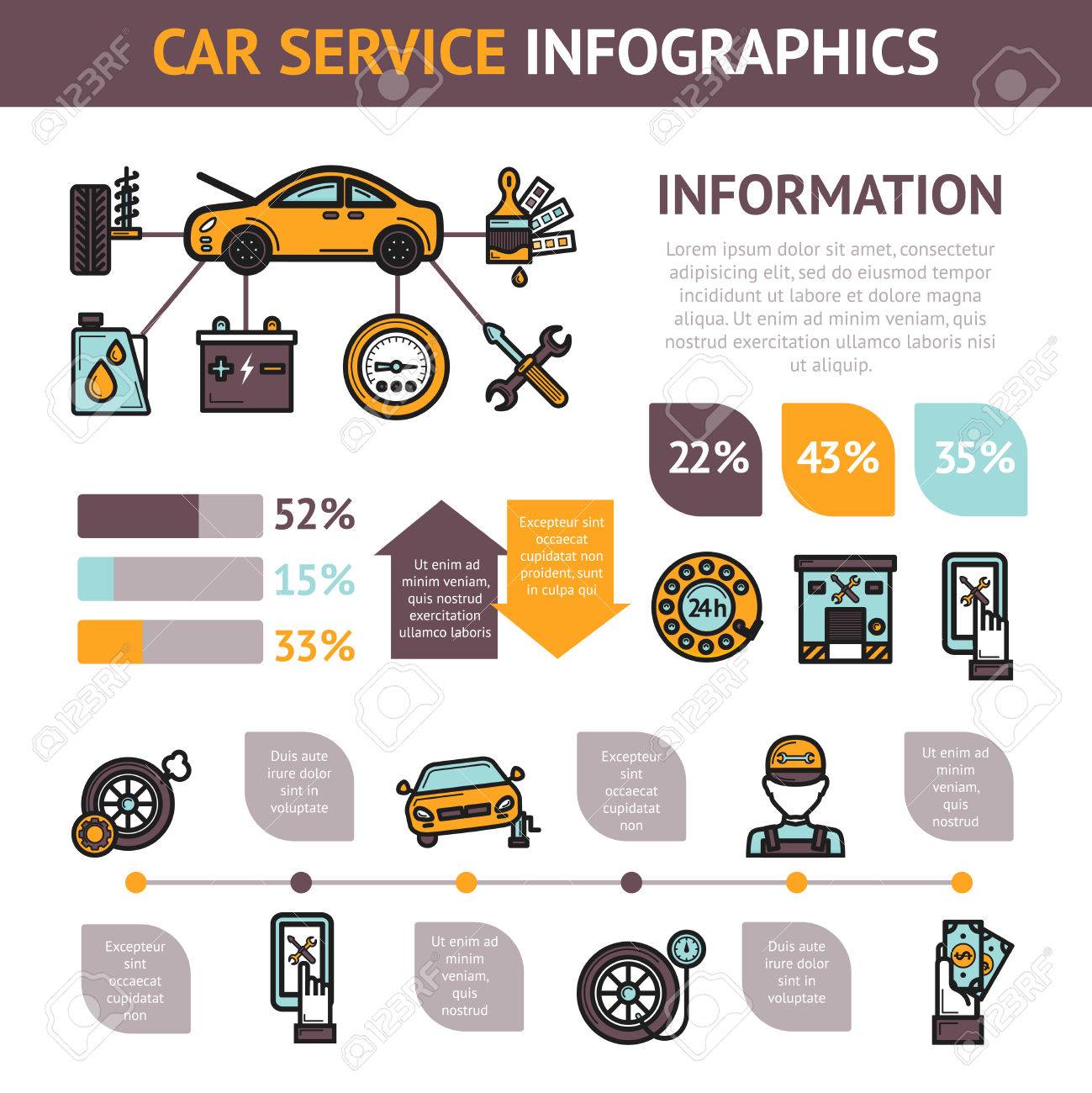Raise The Hood To Discover Constant Brake System Issues And Exactly How To Solve Them
Raise The Hood To Discover Constant Brake System Issues And Exactly How To Solve Them
Blog Article
Content Produce By-Overby Dean
When it pertains to your vehicle's brake system, recognizing usual problems can save you from possible safety hazards. From recognizing brake pad wear to resolving brake liquid leaks, knowing just how to take on these problems is important. However what about those spongy brake pedals? There's a fix for that too. Stay tuned to read more about these issues and the useful options that can keep you safely when driving.
Brake Pad Wear and Replacement
When it involves keeping your automobile's brake system, one critical aspect to watch on is the wear and substitute of brake pads. Brake pads are essential components that push versus the brake rotors to slow down or quit your vehicle. Over time, these pads wear down as a result of friction, calling for routine evaluation and substitute to ensure your brakes operate successfully.
To figure out if your brake pads need substitute, listen for shrilling or grinding sounds when you use the brakes. Furthermore, if your automobile takes longer to stop or you discover resonances or pulsations when stopping, it might be time to change the brake pads.
Overlooking worn brake pads can lead to lowered stopping performance, damage to various other brake elements, and even brake failure.
Replacing brake pads is a relatively uncomplicated procedure for numerous lorries. Nevertheless, if you're not sure or unpleasant executing this task, it's ideal to speak with a professional technician to make certain appropriate setup and ideal brake performance.
On a regular basis checking and changing brake pads is vital for your safety and the longevity of your car's braking system.
Brake Fluid Leaks and Upkeep
To guarantee your lorry's brake system works optimally, it is very important to likewise pay attention to brake liquid leaks and maintenance. https://vehiclesuspensiontesting28495.creacionblog.com/31072269/disclosing-the-hidden-realities-of-a-first-class-car-service-facility-see is critical for sending the force from your foot on the brake pedal to the actual braking device. One usual problem with brake liquid is leakages, which can happen due to deteriorated brake lines, seals, or connections. If you notice a puddle or leaks under your vehicle, it's important to address the leakage immediately to stop a potential brake failing.
Frequently inspecting your brake fluid degree is essential to keeping your brake system. Low brake fluid can result in air getting in the brake lines, which compromises braking efficiency.
Furthermore, old or polluted brake fluid can influence the total efficiency of your brakes. It's recommended to follow the maker's guidelines on when to change the brake fluid, usually every 2 years.
Spongy Brake Pedal: Bleeding Brakes
If you've ever before experienced a squishy brake pedal while driving, you comprehend the importance of preserving a firm and receptive braking system. One common source of a squishy brake pedal is air trapped in the brake lines. When air goes into the brake system, it can bring about a loss of hydraulic pressure, leading to that distressing squishy feeling when you push the brake pedal.
To settle this concern, bleeding the brakes is required. Bleeding the brakes entails removing the air from the brake lines to restore correct hydraulic pressure.
To hemorrhage the brakes, you'll require an assistant to help you. Start by locating the brake bleeder shutoff on each wheel, generally discovered near the brake caliper. With https://www.moneysense.ca/spend/shopping/auto/car-parts-backordered-kia-seltos/ , loosen the valve and have your assistant press the brake pedal while you observe any air bubbles appearing. Repeat this process for every wheel, beginning with the wheel farthest from the master cylinder and moving more detailed.
As soon as you no longer see air bubbles and only clear fluid emerges, tighten the valve and top up the brake liquid storage tank as required. Bleeding the brakes helps make sure a firm brake pedal and improves overall stopping efficiency.
Final thought
Since you understand typical brake problems and how to repair them, you can ensure your automobile's safety and performance. Remember to pay attention for indication like shrilling noises or squishy brake pedals, and resolve them quickly. Routine maintenance and prompt substitutes are essential to keeping your brakes in leading condition. Remain proactive and alert to your brake system to delight in secure and reliable driving experiences.
